SOLUTIONS
Industrial Identity and Access Management for Manufacturing
Make Cyber a Bridge not a Blocker on the Shop Floor
.png?width=699&height=760&name=Vector%20(2).png)
The Challenge Today
Manufacturing equipment is not designed with cybersecurity in mind.
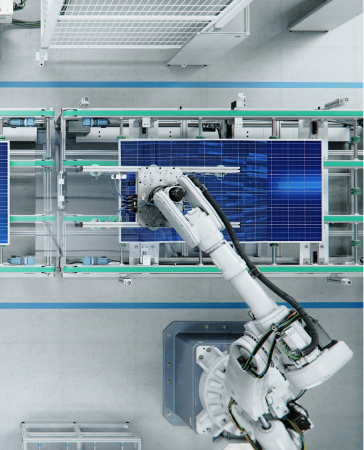
Today, Industry 4.0 is reinventing how businesses and the shop floors design, manufacture, and distribute their products. The Industrial Internet of Things (IIOT), digital engineering platforms, the cloud, AI, robotics, and automation are integral parts of the digital manufacturing thread.

In the future of manufacturing, where an IT network ends and OT network begins is very gray. For competitive intelligence, manufacturing enterprises need to push past air-gapped enclaves with the confidence that connections can be trusted and real-time data can stream securely. Realistically this means finding solutions for legacy equipment that isn’t going anywhere anytime soon and meeting cybersecurity requirements without requiring equipment manufacturers to cooperate.
The Corsha Solution
Corsha takes an Identity-first approach to OT cybersecurity ensuring that only trusted machines can access OT equipment. Corsha’s unique dynamic Identity Provider focused only on machines of all types and sizes and flavors, whether that is a vendor laptop trying to push updates, a workload in the cloud acting as a Digital Twin, or a Data history storing backups or streaming telemetry data.

Remote Vendor Access
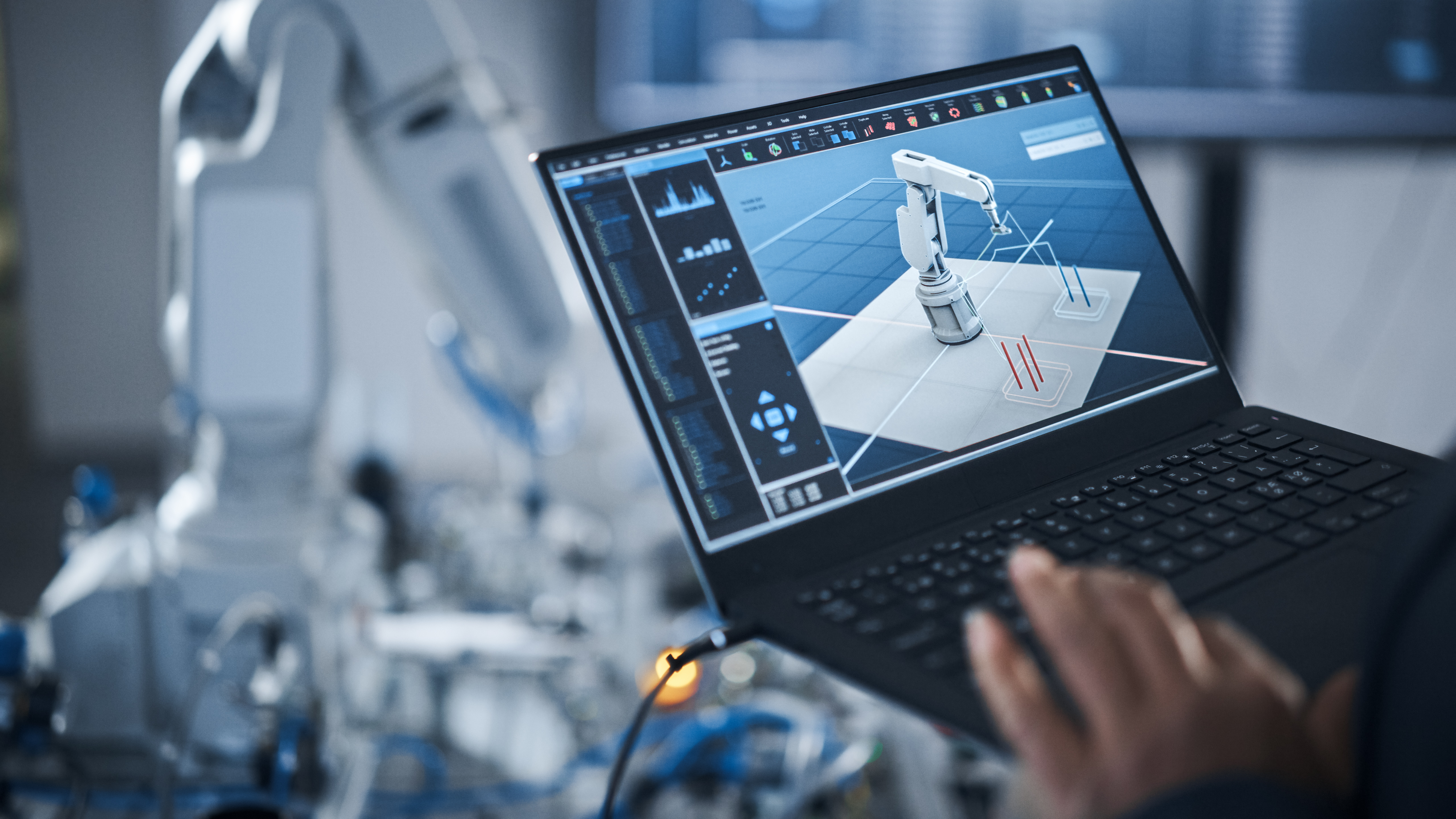
Digital Twins

Real-time Secure Backups

Remote Vendor Access

Digital Twins

Real-time Secure Backups
Up and Down The Purdue Model
At its core, the Purdue Model provides a structured hierarchical framework for ICS architecture. This framework efficiently organizes the diverse components within an ICS, empowering security professionals to implement tailored security measures at each level.
The Purdue Model for Industrial Control System (ICS) Security
| The Zone | Corsha Coverage | |
|---|---|---|
| Level 5 | External/ Vendor Support/ Cloud Access | Remote Access that can be scheduled, controlled, and monitored. Pin OT communication to trusted, controlled points in the cloud or vendor environments. |
| Level 4 | This is the corporate IT network. Enterprise digital engineering platforms, databases, email servers, and other logistics-related systems that manage manufacturing operations and provide communication and data storage | Provide uniform identity and access for any machine whether that is a cloud workload, digital engineering platform, or a PLC on the floor. |
| Level 3 | The Industrial Demilitarized Zone (IDMZ). Serves as a buffer between the IT and OT networks. Supports bidirectional control and data flow between OT and IT. | Corsha is tailored for secure data movement and automation across network boundaries, Corsha adds human-like one-time-use credentials to every request across OT and IT networks |
| Level 2 | The devices that control the overall processes of the system, such as human-machine interfaces (HMIs) and SCADA software, which enable human operators to monitor and control the system. These are often laptops/ workstations or touch pendants | Proxy all requests into an HMI or SCADA software pinning incoming communication to only trusted machine clients. Start/stop access in real-time, monitor and audit every incoming request. |
| Level 1 | the systems that supervise and direct the devices at Level 0, including Programmable Logic Controllers (PLCs), Remote Terminal Units (RTUs), and Intelligent Electronic devices (IEDs) | Proxy all requests into an PLC without modifying the PLC. Support for Level 1 standard protocols like OPC-UA |
| Level 0 | The physical devices that form the foundation of the equipment, such as motors, pumps, sensors, and valves |
.png?width=448&height=448&name=select%20(1).png)
Level 0 is the physical devices that form the foundation of the equipment, such as motors, pumps, sensors, and valves.
.png?width=448&height=448&name=select%20(1).png)
Level 1 is the systems that supervise and direct the devices at Level 0, including Programmable Logic Controllers (PLCs), Remote Terminal Units (RTUs), and Intelligent Electronic devices (IEDs).
.png?width=448&height=448&name=select%20(1).png)
Level 2 involves devices that manage the overall processes of the system, such as human-machine interfaces (HMIs) and SCADA software, which enable human operators to monitor and control the system. These are often laptops/ workstations or touch pendants.
.png?width=448&height=448&name=select%20(1).png)
Level 3 facilitates the management of production workflows and includes batch management, manufacturing operations management (MOM), manufacturing execution systems (MES), and data historians. The Industrial Demilitarized Zone (IDMZ) serves as a buffer between the IT and OT networks. The IDMZ helps prevent infections within the IT environment from spreading to OT systems and vice versa.
.png?width=448&height=448&name=select%20(1).png)
Level 4 encompasses systems such as Enterprise Resource Planning (ERP) software, databases, email servers, and other logistics-related systems that manage manufacturing operations and provide communication and data storage.
.png?width=448&height=448&name=select%20(1).png)
Finally, Level 5 is the enterprise network, which is not an ICS environment but collects data from ICS systems for business decisions.
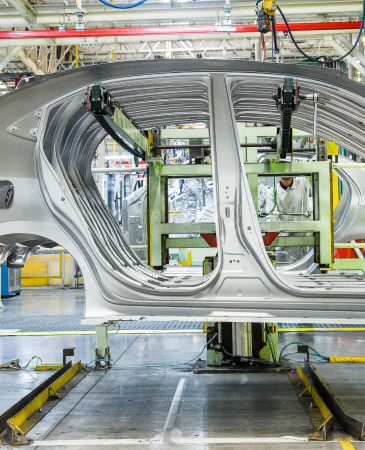
This enables strong OT security and identity that makes sense all along the digital thread from the shop to the enterprise cloud. A uniform approach to identity allows for strong authentication and access control across the Purdue model with features tailored for the shop floor.
One-Time-Use Credentials
Strong Encryption End-to-End
Scheduled Access
Deep Visibility and Monitoring
Automatic Identity Rotation
.png?width=439&height=537&name=Group%20118%20(1).png)
Corsha can provide uniform Identity and Access Management all the way from Level 5 to Level 1 and back again.
News
machine identity, zero trust, Manufacturing, ATO

Article
Corsha Advances Machine Identity Provider (mIDP) to Secure Connectivity and Data Across Industrial Manufacturing Systems for US Airforce
READ MORE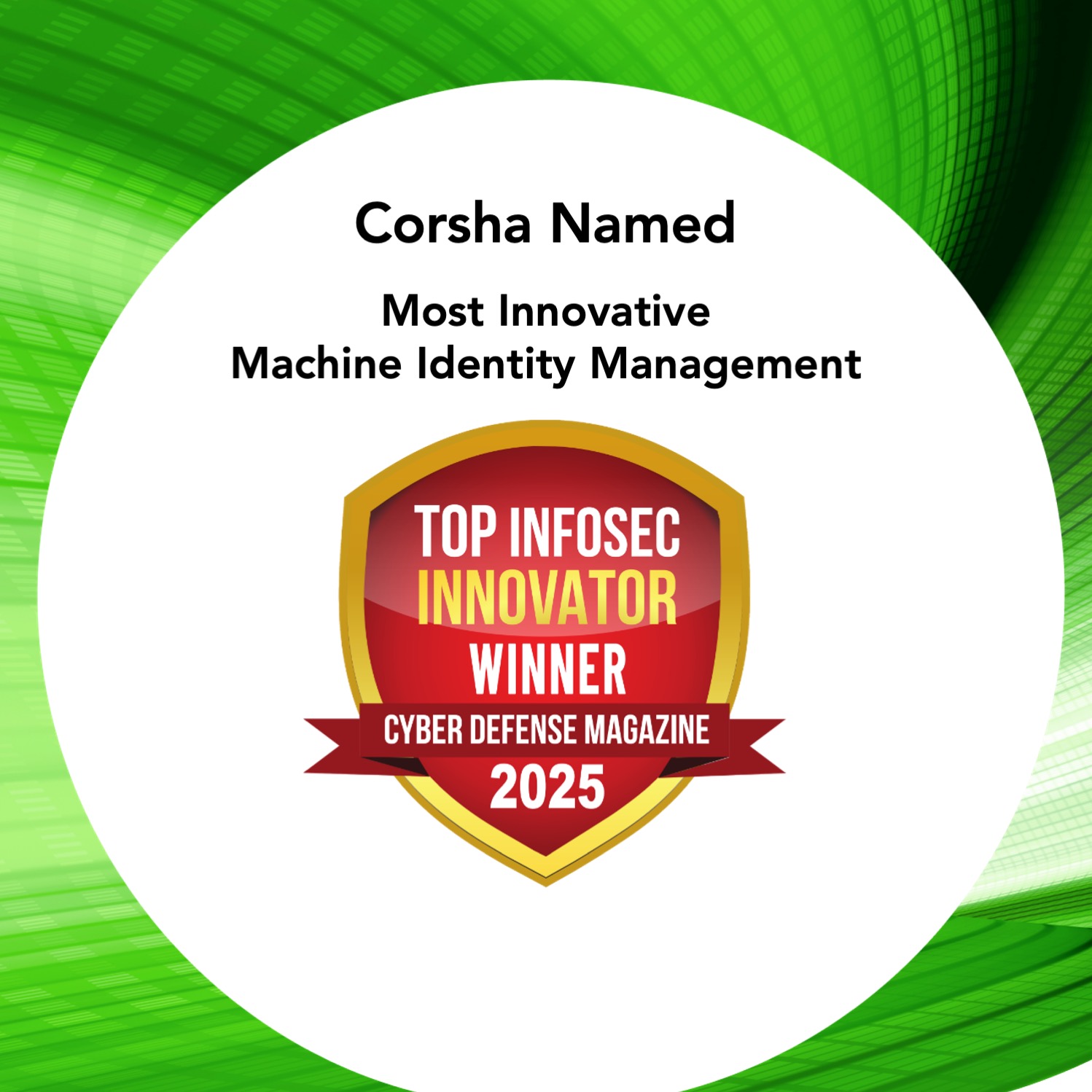
Article
Corsha Named Most Innovative Machine Identity Management in Cyber Defense Magazine’s 2025 InfoSec Awards
READ MORE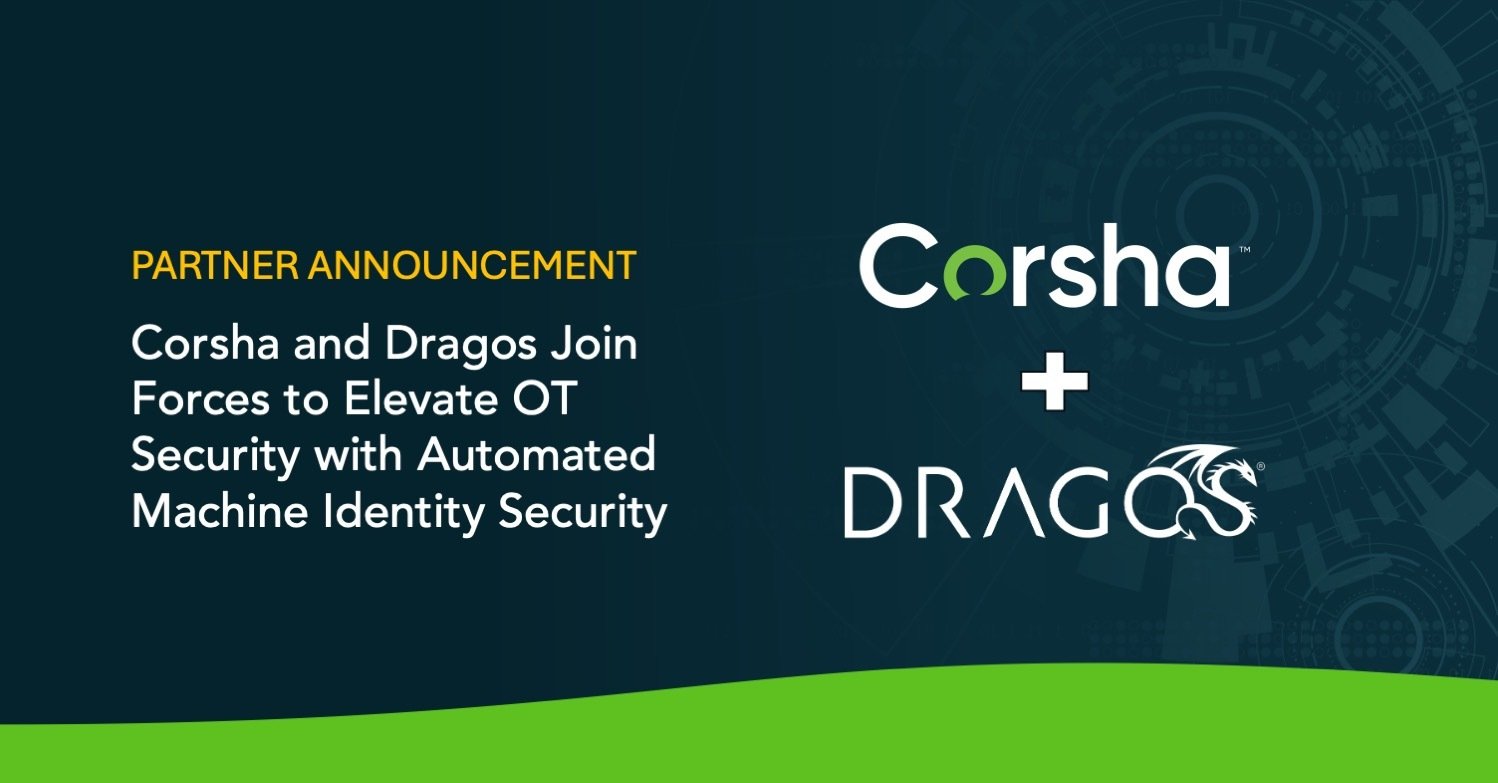
Article